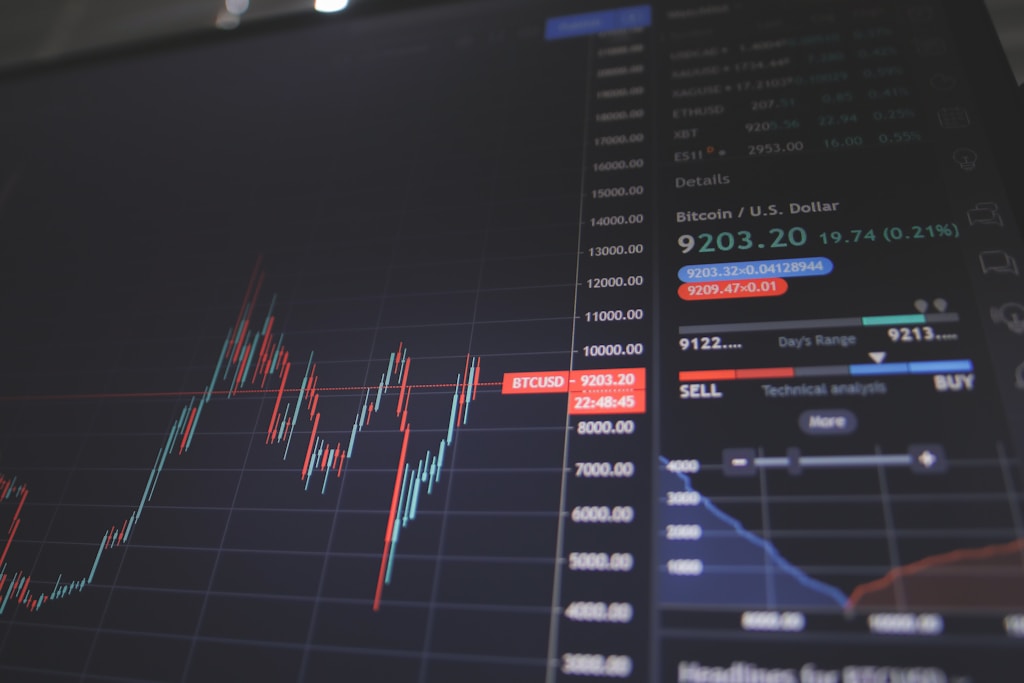In a groundbreaking move that signals growing institutional adoption of digital assets, banking giant Santander has unveiled plans to leverage Europe’s MiCA regulations for a comprehensive stablecoin strategy. This development could reshape the $4 trillion global payments landscape, particularly as traditional banking giants embrace crypto innovation.
Santander’s Strategic Push into Digital Assets
Banco Santander SA, one of Europe’s largest banking institutions by market capitalization, is reportedly in the early stages of developing a robust digital asset strategy. The bank’s primary focus centers on creating a regulatory-compliant stablecoin, capitalizing on the clear framework provided by the Markets in Crypto Assets (MiCA) legislation.
This initiative aligns with broader challenges to traditional payment systems, as financial institutions worldwide seek alternatives to existing cross-border payment infrastructure.
Key Components of Santander’s Crypto Strategy
- Development of a MiCA-compliant stablecoin
- Integration with existing payment infrastructure
- Retail crypto access expansion
- Cross-border payment optimization
Market Impact and Industry Implications
The entry of a major traditional bank into the stablecoin space could significantly impact the crypto ecosystem, potentially accelerating institutional adoption and regulatory clarity. Industry experts suggest this move could trigger a domino effect among other European banks.
FAQ Section
What is Santander’s timeline for stablecoin launch?
While specific launch dates haven’t been announced, industry sources suggest initial testing could begin by Q4 2025.
How will this affect existing stablecoin markets?
Bank-issued stablecoins could provide additional legitimacy to the sector while potentially competing with existing solutions.
What regulatory approvals are required?
Under MiCA, Santander will need to secure specific licenses and meet strict capital requirements for stablecoin issuance.
Looking Ahead: The Future of Bank-Issued Stablecoins
As traditional banking institutions continue to embrace digital assets, the line between traditional finance and crypto continues to blur. Santander’s initiative could serve as a blueprint for other banks looking to enter the digital asset space.





